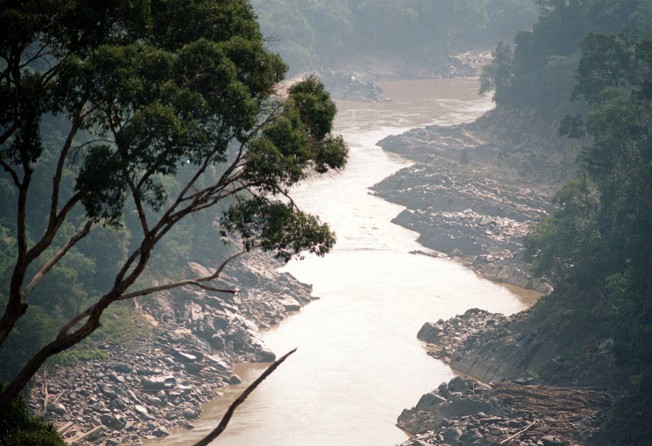Nation charges into diversifying, expanding its energy sector

Malaysia has big plans to power up its energy sector with diversified investment in oil and gas, hydroelectric power in Borneo and rare earth.
The country is striving to become a major international centre for oil and gas production by 2017, having launched this vision in 2001 with the formation of the Malaysia Petroleum Resources under the department of Prime Minister Najib Razak.
Within the next three years, Malaysia hopes to build 10 million cubic metres of storage to meet rising demand from China and India, though domestic consumption is expected to remain largely stable over the next few years.
The International Energy Agency (IEA), in its "Southeast Asia Energy Outlook" report for this year, says energy consumption in Malaysia is expected to record moderate growth amid population growth of around 1.2 per cent.
"These factors help drive an increase in Malaysia's primary energy demand by an annual growth rate of 2.3 per cent," the agency says. "The prospects for continued exports remain strong in the medium term, with recent discoveries and new developments set to keep the liquefied natural gas (LNG) terminal operating at full capacity through at least 2018."
IEA says gas production should rise to about 70 billion cubic metres by 2020, with almost half of this catering to the export market, and Japan as a major buyer. The country's proven gas reserves stood at 2.4 trillion cubic metres. The agency also says Malaysia's oil supply is expected to grow to 740,000 barrels per day (bpd) in the short term compared with 670,000 bpd last year.
Ramu Thannirmalai, director of Southeast Asian trade research organisation Decision Insider, says Malaysian energy providers can leverage on the shortfall in global supply created by uncertainty in major Middle Eastern oil suppliers.
"Malaysian supply chain requirements and population expansion remain on a relatively flat gradient in terms of growth," Thannirmalai says. "However, global markets will require more energy providers to fill the gap created by sanctions on Iran and uncertainty in Libya. [The national oil company] Petronas has multiple projects in the pipeline to increase production and, with high energy prices, Malaysia's energy-related businesses should see higher profits and expansion from an export-driven point of view."
To encourage foreign companies to be part of Malaysia's energy programme, a zero per cent tax incentive is being offered to companies that handle LNG. There is also a 3 per cent corporate tax rate for multinational companies that use Malaysia as their base for trading oil and other commodities.
Hydroelectric power is becoming increasingly influential in the east Malaysian state of Sarawak, which more than 30 years ago targeted at least 150 potential sites for waterborne power. Subsequently, about 50 sites were shortlisted to provide up to 20,000mw of electricity with total energy output of 87,000gwh per year.
One of the biggest is the government-owned Bakun Dam on the Balui River. It features the second-tallest concrete-faced rockfill dam in the world and is expected to generate 2,400mw of electricity once fully completed. The 4 billion ringgit (HK$9.4 billion) Murum Dam has already been flooded and is expected to be fully operational by September. The dam, located upstream of Bakun, is expected to generate 944mw of electricity.
Another nine dams in Sarawak are expected to be built once feasibility studies are complete. These projects are designed to supply power to remote areas in largely rural Sarawak. The hydropower surge is also part of Sarawak's plan to boost industry and exports to Southeast Asian countries and in line with the Sarawak Corridor of Renewable Energy (Score) programme to modernise the state.
Malaysia is also hoping to leverage on the increased demand for rare earth as an energy option. Australian company Lynas has been operating in the east coast town of Gebeng, near Kuantan, for more than a year despite opposition from some quarters.
Demand for rare earth energy is rising, even though there has been no new discovery of rare earth for the past 20 years.
The Lynas plant is expected to fulfil 20 per cent of global demand once it reaches its full capacity of 22,000 tonnes of rare earth oxide equivalent. It produces 700 tonnes. China is the world's largest producer and consumer of rare earth energy.
The Malaysian government is also banking on Lynas operations to help the country become a centre for energy-efficient vehicles (EEV).
A key product of the factory is lanthanum, a chemical needed to make batteries for hybrid and electric-powered vehicles.
The company recently said its presence in Malaysia had convinced some of its customers to consider the country and other hubs in Southeast Asia as their focus of expansion.